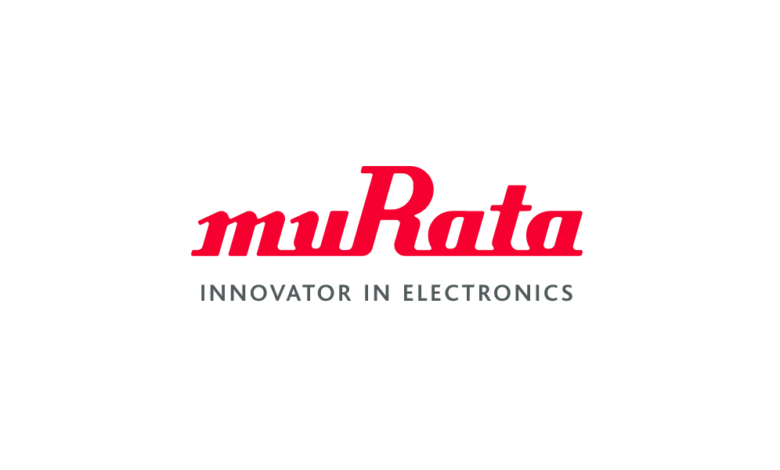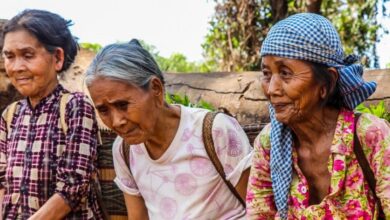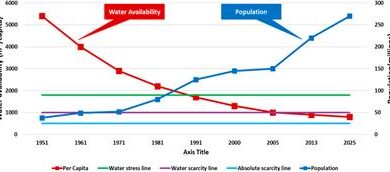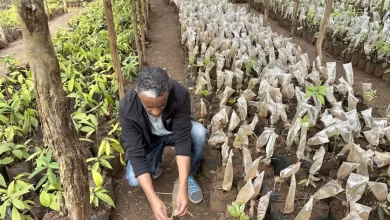Use of sustainable resources | Murata Manufacturing Co., Ltd.

Use of sustainable resources
Table of contents
As the global population increases, pressing social issues such as resource depletion and increased waste have become more severe. Murata has set “Use of sustainable resources” as a key issue to contribute to cultural development by addressing these social issues through the sustainable use of resources in its business activities.
In promoting the “Use of sustainable resources,” Murata has set the following targets for fiscal 2050: “rate of use of sustainable resources” for procured materials and “resource recovery rate” for waste, and is promoting efforts to achieve them.
| Objective | ||
|---|---|---|
|
Realize sustainable resource usage within Murata’s business activities, and contribute to the development of culture through co-creation with partners. |
||
| Fiscal 2024 goals |
|
|
| Fiscal 2030 goals |
|
|
| Fiscal 2050 goals |
|
|
| Fiscal 2022 results | ||
|---|---|---|
| Current issues and initiatives |
|
|
| Identified risks and opportunities |
|---|
|
Resource recycling initiatives
We will conduct our business activities so that we can use resources sustainably in the future for all parts and materials used in our products by using resources with lower risk of depletion, avoiding the use of resources that our customers prohibit or discourage the use of, and using recycled resources.
We also strive to achieve processes that harmonize with the society in the world in 2050, and we are working on resources recycling to use all waste generated during manufacturing processes as resources for Murata or other companies.
As an initiative to utilize recyclable resources, Murata has become the first company in the electronic component manufacturing industry to successfully create a closed-loop recycling system for PET film used in the manufacturing process of multilayer ceramic capacitors (MLCC).
Link: Murata to Begin Closed-loop Recycling of PET Film from Multilayer Ceramic Capacitors
Waste management
Murata has been committed to compliance and zero emissions, emphasizing the elimination of landfill and working on measures such as material recycling and thermal recycling (heat recovery). Going forward, we will further address issues such as resource depletion and waste growth.
Link: Independent Assurance Statement
-
*1Hazardous waste: Waste as defined by the laws of each country. In Japan, it refers to specially controlled industrial waste.
-
*2In Japan, we have maintained a zero landfill volume since 2003. However, this figure does not include waste that must be sent to landfill as the appropriate method of treatment.
Measures to prepare for disasters
Murata engages waste treatment contractors to process and recycle the waste products generated by our production activities. In the unlikely event that one of our waste treatment contractors were to suffer damage as the result of a natural disaster, there is a risk that we would be unable to discharge our waste products and would be forced to suspend our production activities. In order to avoid this risk, we have secured multiple treatment routes to ensure that our production activities are unaffected.
Water resource management
Murata is striving to realize efficient use of the water resources that we employ in our business activities. We are responding to water risks that affect our corporate activities.
Link: Independent Assurance Statement
Responding to water risks
We realize that something must be done with regard to making use of water resources that can be generated along with local communities, as one part of our sustainable resource usage plan. Instead of setting a goal for the entire Murata Group, we first began by considering “risk countermeasures” for each region (watershed area) in which we do business.
We have begun evaluating our water risks using globally-recognized tools such as WRI Aqueduct*3 and Water Risk Filter*4. Our screening process determined that most business sites have a low-to-medium water risk.
In order to set CBWTs*5, we evaluated the water supply and demand balance based on factors such as demographics in watershed areas around 11 key business sites accounting for 70% of the water used throughout the entire Group, and also took biodiversity into account in evaluating whether there was an impact on key biodiversity areas (KBAs).
As a result, we have determined that further measures are required at four sites, additional surveys at three sites should be conducted during fiscal 2023, and there is no risk at the remaining four sites.
When we acquire new factory sites, we also study risks from perspectives including the availability of water resources and wastewater regulations.
-
*3A water risk evaluation tool developed by the World Resources Institute (WRI)
-
*4A water risk analysis tool developed and operated by the World Wide Fund for Nature (WWF)
-
*5Context-based Water Target (CBWT)



